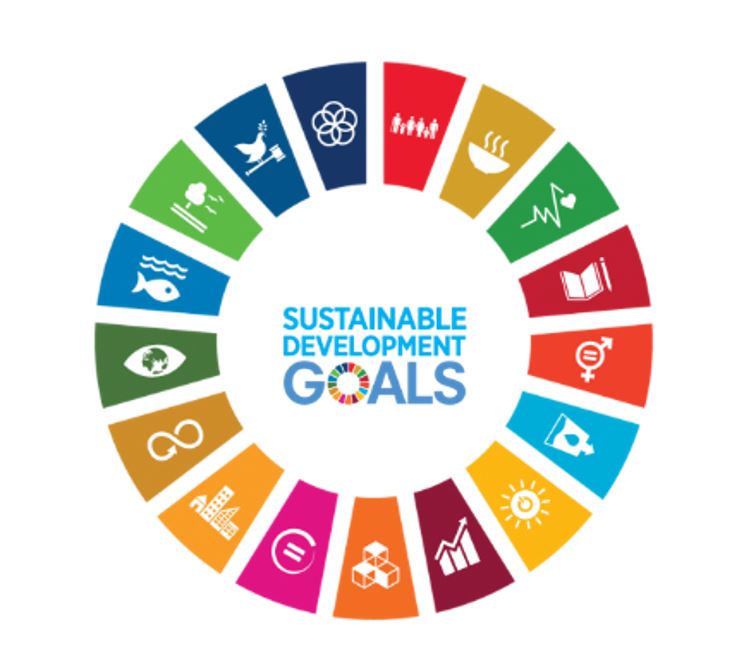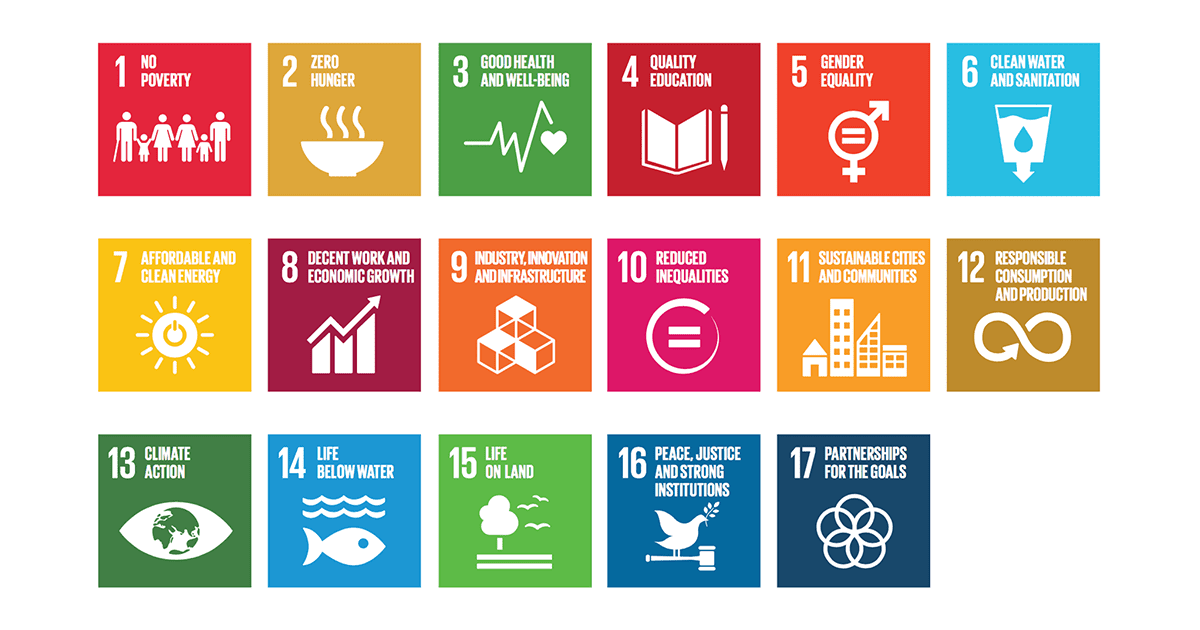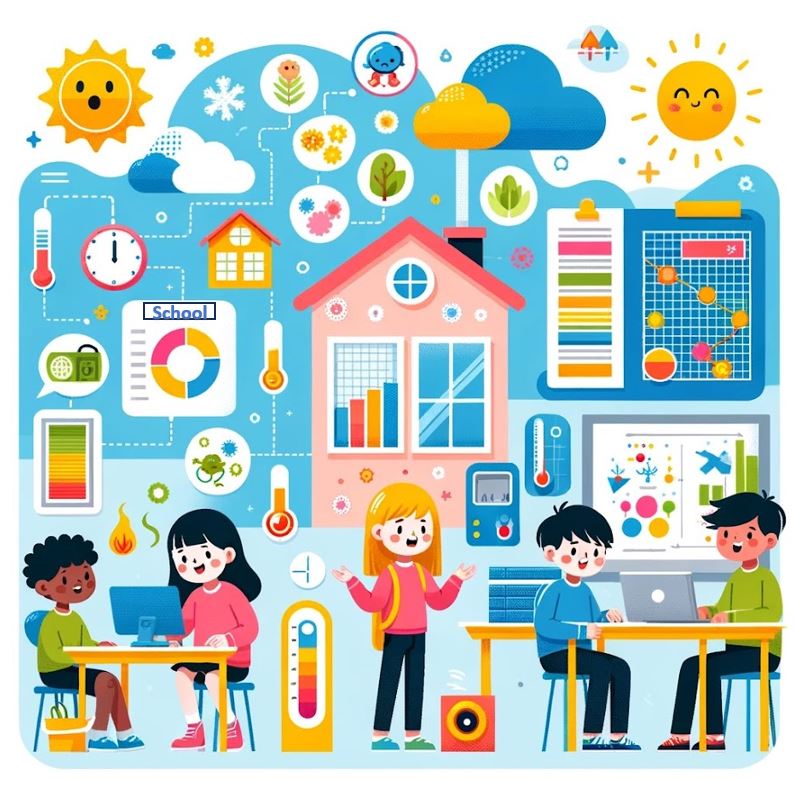ESG and SDG: What are they and how do they differ?
We often hear companies reporting on their Environmental, Social, and Governance (ESG) and/or Sustainable Development Goals (SDG). What are they? How are they different?
Environmental, Social, and Governance Definition

Depending on where you look, you will find many definitions. While the specifics can vary by company, there are shared factors that examines the company’s impact and progress against benchmarks. ESG is a form of risk management. Stakeholders, such as investors, government agencies, and lenders will look for corporate ESG performance, score, or rating to assess future financial performance and risk exposure. Other stake holders, such as communities and customers, will want to know a company’s environmental and social practices to make informed purchasing decisions. Employees want to look at the ESG reporting of a company to see if it aligns with their goals and vision for their impact on the world around them.
Main ESG Factors

United Nations Sustainable Development Goals
 SDG stands for the Sustainable Development Goals, or SDG. These are 17 goals that were adopted at the United Nations summit in September 2015 and are to be achieved by 2030 for Sustainable Development, diverse and inclusive society.
SDG stands for the Sustainable Development Goals, or SDG. These are 17 goals that were adopted at the United Nations summit in September 2015 and are to be achieved by 2030 for Sustainable Development, diverse and inclusive society.
The 17 goals are broken down into a set of 169 specific, measurable targets across a wide range of interdependent social, economic, and environmental issues ranging from reducing poverty to tackling climate change.
The SDG are widely used by corporations to inform and prioritize investment in environmental, social and governance (ESG) practices.
The 17 Sustainable Development Goals

Differences between ESG and SDG

How to Advance the United Nations Sustainable Goals
Several building certifications are linked to advancing the United Nations Sustainable Development Goals. Through achieving these ratings/certifications and in combination with the company’s policies and vision, a blueprint can be mapped to support the advancement of the SDG. These certifications create an integrated framework of strategies that reinforces the powerful opportunity to create a more resilient, equitable, and healthier future.
These goals can be supported through:
- Human health, as it is linked to the health of our planet. Supporting the health of individuals within buildings enable the wider community and surrounding environment to thrive.
- Human health is linked to the inclusiveness of socioeconomic institutions that support everyday life.
- Strategies that support human health go together with actions that improve education, reduce inequality, catalyze economic growth, confront climate change, and protect our environment.
To create a world in which people and planet can thrive, we need every corner of society to do their part. Businesses, governments, and citizens alike must find ways to be responsible members of our global community and solve societal challenges through innovation and collaboration.
Cyclone Energy Group is contributing to the UN SDG through achieving our WELL Health Safety Rating and our continuous vision for a sustainable environment. We continue to improve our Indoor Environmental Quality and our policies that support our team members. Healthier employees are happier and more productive, which contributes to the bottom line.
The features Cyclone achieved in the WELL Health and Safety Rating impact 8 out of the 17 UN SDG, they are listed below:




